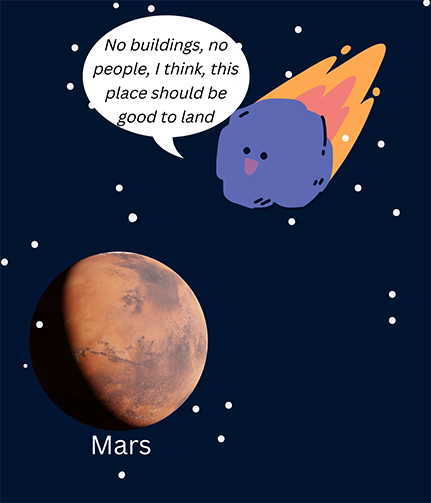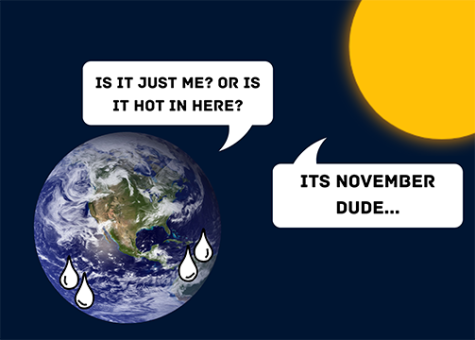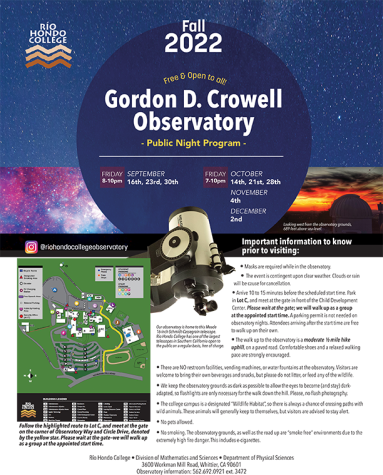A Fresh Crater Detected by InSight

Graphic by Jonathon Carmona El Paisano Media A meteoroid landed on Mars last Dec. The impact caused a crater to form and chunks of ice were released from under the crust. Scientists could use these chunks in future missions to Mars.
A fresh, new crater has been detected on Mars by NASA’s InSight lander. A meteoroid that landed on Mars last year was the cause of this new crater.
The Ground is Shaking
NASA’s InSight lander recorded a marsquake with a magnitude of 4 in Dec. 2021. This quake was the first one observed to have seismic waves ripple along the surface of Mars. It wasn’t until later that NASA realized the cause of the marsquake.
As stated by NASA, the meteoroid spanned 16 to 39 feet. If this meteoroid had been heading toward Earth, it would have burned up in the atmosphere. However, Mars has a thinner atmosphere than Earth. Scientists have found that Mars’ atmosphere is not as dense as Earth’s. If Earth’s atmosphere is 100 percent dense, Mars’ atmosphere is just one percent dense. Hence, it would slide right through Mars’ atmosphere with almost no defense.
New Crater
Scientists determined this to be the cause of the quake after looking at before and after images of Mars using NASA’s Mars Reconnaissance Orbiter. They spotted a large new crater in the after pictures.
According to NASA, the crater that was left behind is roughly 492 feet across and 70 feet deep. The impact took place in a region named Amazonis Planitia. NASA states this crater is one of the largest craters to ever be witnessed forming by scientists. There are many craters on Mars but they were all there before space exploration began.
An Opportunity for Life
The meteoroid’s impact also sent pieces of ice flying out of the crater. These chunks of ice could prove to be vital for NASA’s plans to send astronauts to Mars.
NASA believes the astronauts could use this ice for drinking water, agricultural needs, or even for rocket fuel. The ice was also found near the equator of Mars. The equator, much like Earth’s equator, is the warmest part of the planet. This area would be ideal for astronauts to land and set up camp when or if the aforementioned missions take place.
End of an Era
This is one of the last discoveries NASA’s InSight lander will provide scientists as it is losing power. InSight gets its power through the solar panels attached to it, but the dust they have picked up is starting to hinder its power.
InSight landed on Mars in Nov. 2018, and since then has picked up a lot of dust including sitting through a recent dust storm. NASA expects the spacecraft to shut down within the next six weeks.
A friendly face, a lover of basketball, wanna-be Head coach, future sports journalist: Jonathon Carmona. Currently attending Rio Hondo Community College,...







